The 1990s marked a golden era for Japanese automakers, as they produced some of the most beloved performance cars in automotive history.
These machines weren’t just about style—they delivered cutting-edge engineering and exhilarating speed that rivaled, and often surpassed, their global competition.
Today, many of these iconic vehicles still turn heads, not just for their nostalgic charm, but for their uncanny ability to outpace modern rivals on the road and track.
With a blend of reliability, advanced technology, and timeless design, these ‘90s legends have proven that true performance never goes out of style.
Green Bay transformed into secret agent central this past April when The Automobile Gallery hosted an exclusive James Bond car exhibition featuring 12 authentic vehicles and artifacts straight from the world’s most famous spy franchise. For fans and car lovers alike, it was a rare chance to see iconic vehicles that have dazzled on the silver screen—from aquatic Lotuses to villainous Jaguars and Bond’s legendary Aston Martins. Here were the star attractions:
The fourth generation of the Chevrolet Corvette spanned from 1984 until 1996. At the time, you might have thought C4 production would never end—for better or worse. Today, it has been more than twice that long since a C4 left the Bowling Green factory, as the final one left on this date in 1996.
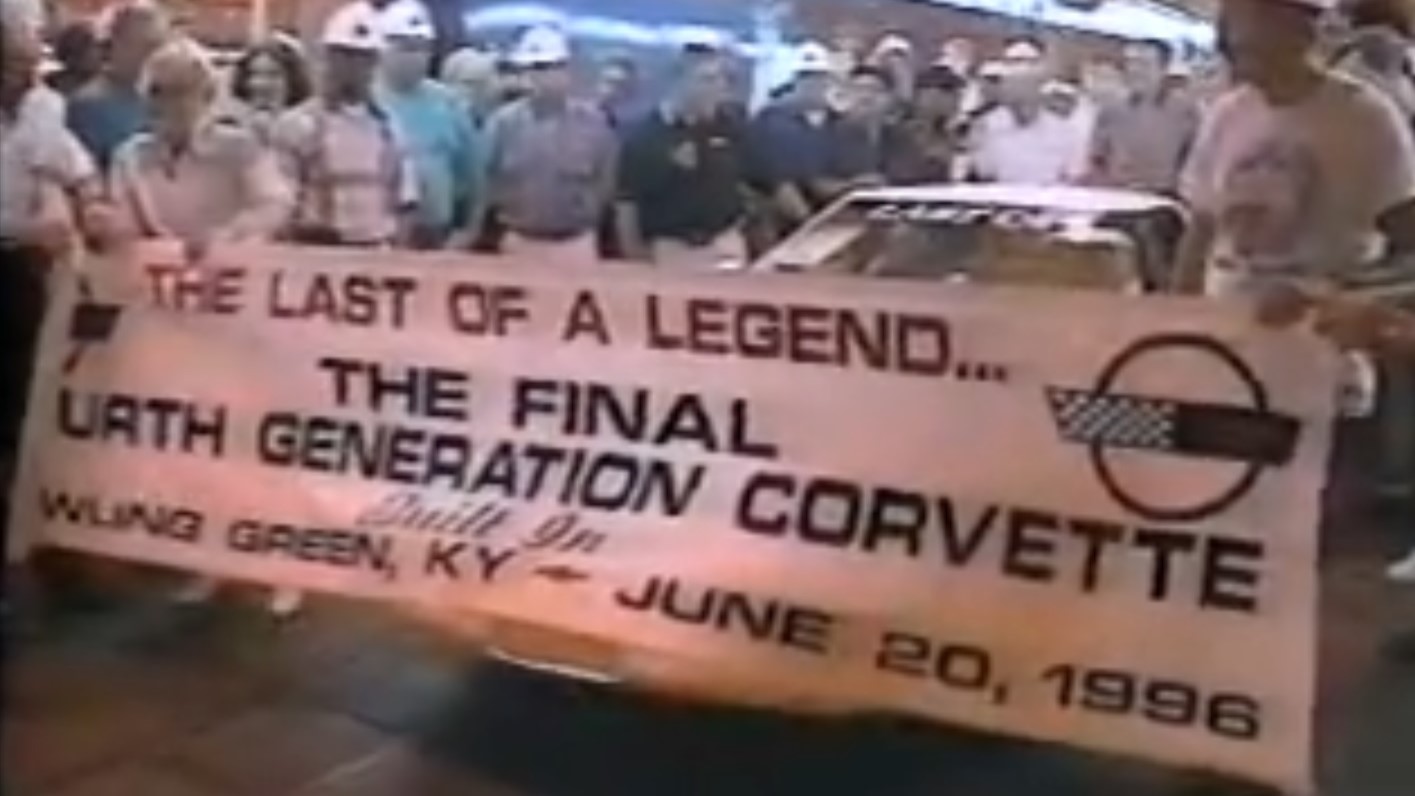
Thanks to help from Jim Perkins, Chevrolet’s general manager, Mike Yager became the lucky owner. If his name sounds familiar, it’s because he’s the founder of Corvette parts and accessories company Mid America Designs (now known as Mid America Motorworks).
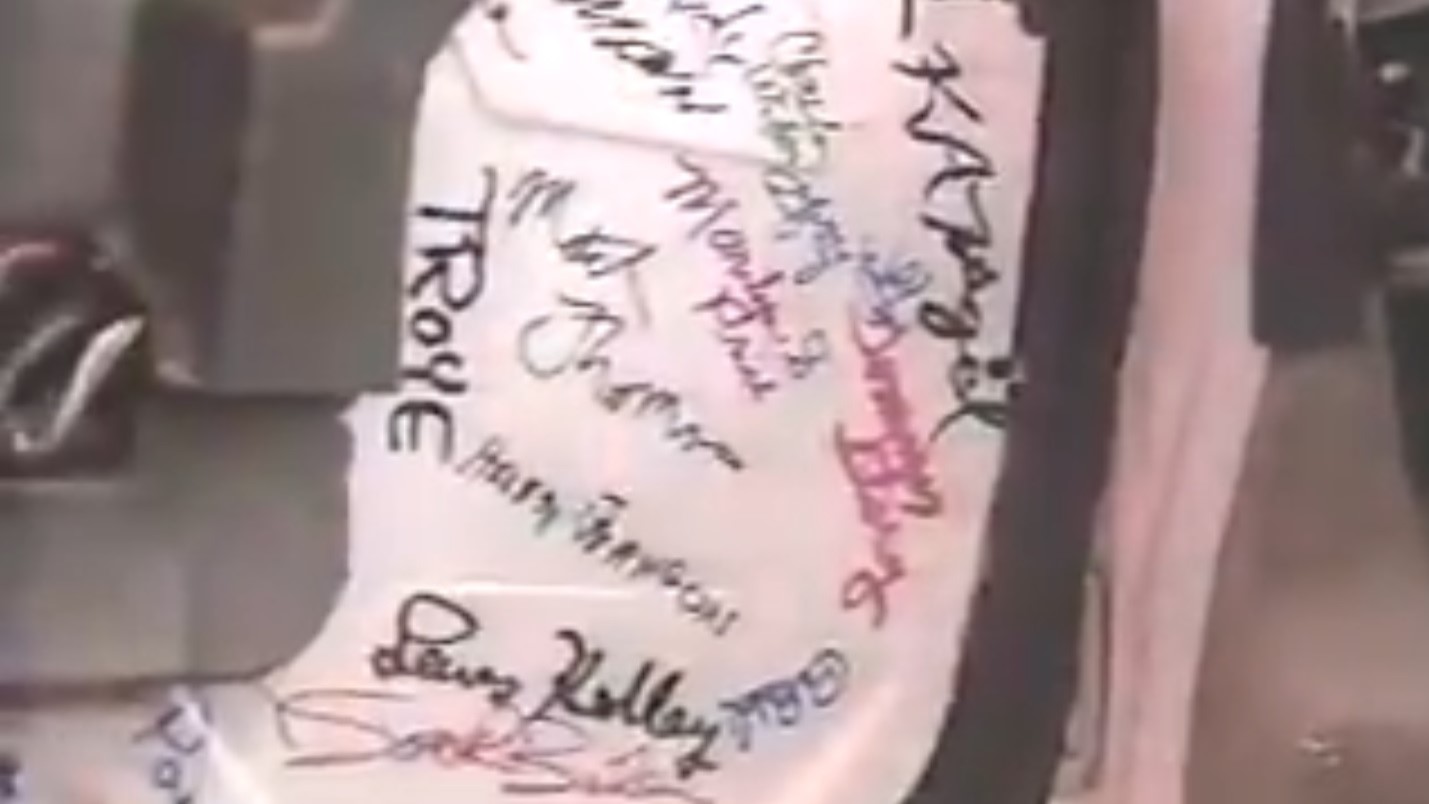
Yager didn’t have to wait long to see his Arctic White piece of Corvette history because he watched most of it get put together on the assembly line—and the line get torn down as his car progressed through the various stages of production. As the coupe went through each successive stage, Yager had employees at each one sign the parts they installed. He even got in on the action by bolting on some components himself.
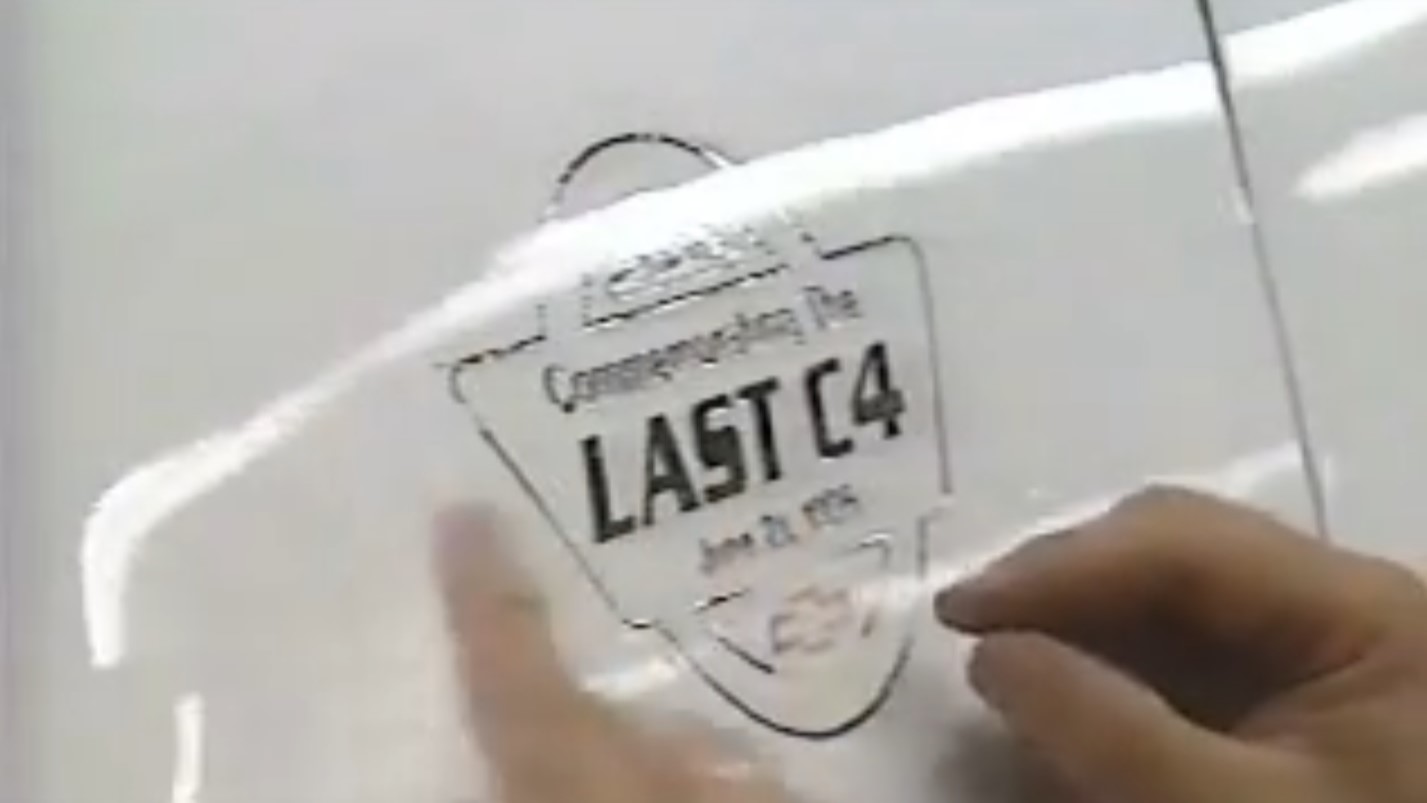
After his C4 received the standard six gallons of gas (and probably a little more), Yager fired up the 300-horsepower LT1. But the Vette wasn’t ready to go yet, as it still had to be tested and customized with some visual elements you might recognize from other C4s. And, of course, it had to be shown off at the National Corvette Museum, where it shared space with the first C4 produced. These days, it’s on display at the MY Garage Museum & Retail Store in Effingham, Illinois.
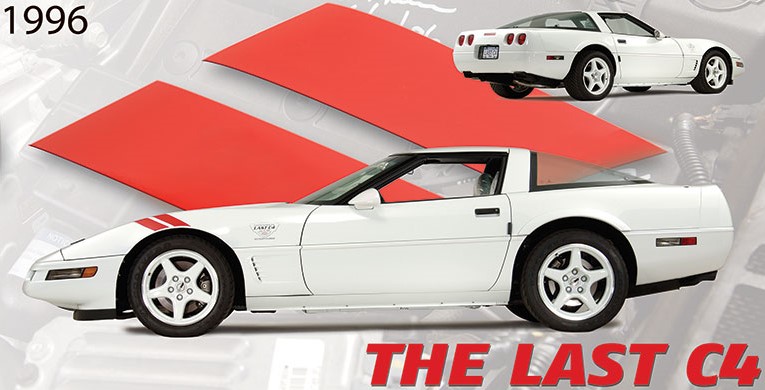
To watch the end of an era in the history of “America’s Sports Car,” watch the two-part series below.
The Toyota Prius is officially 25 years old. Since the early 2000s, it has shown that there is a market for small, fuel-efficient hybrids. It continues to do that now despite the majority of buyers throwing money at massive luxury or off-road SUVs. My brief amount of time in a 2025 Toyota Prius Nightshade Edition showed me ways in which the iconic hybrid has changed while remaining itself.
One thing that’s stayed the same is the Nightshade Edition trim level. Toyota has offered it on the Prius before, but 2025 marks its debut on the fifth-generation model. It’s based on the XLE, which is available with front- or all-wheel drive, and comes standard with features such as 19-inch wheels, heated and eight-way adjustable SofTex synthetic leather front seats, heated tilt/telescopic steering wheel wrapped in the same material, rain-sensing wipers, and Qi wireless phone charging slot. The Nightshade Edition does what its name implies (including inspire jokes about Tom Brady’s diet when he played in the NFL) and blacks out the badging, wheels, bumper trim, door sills, shark fin antenna, and seats, which receive gray stitching; inside, it adds what Toyota calls “carbon fiber detail” on the dashboard.
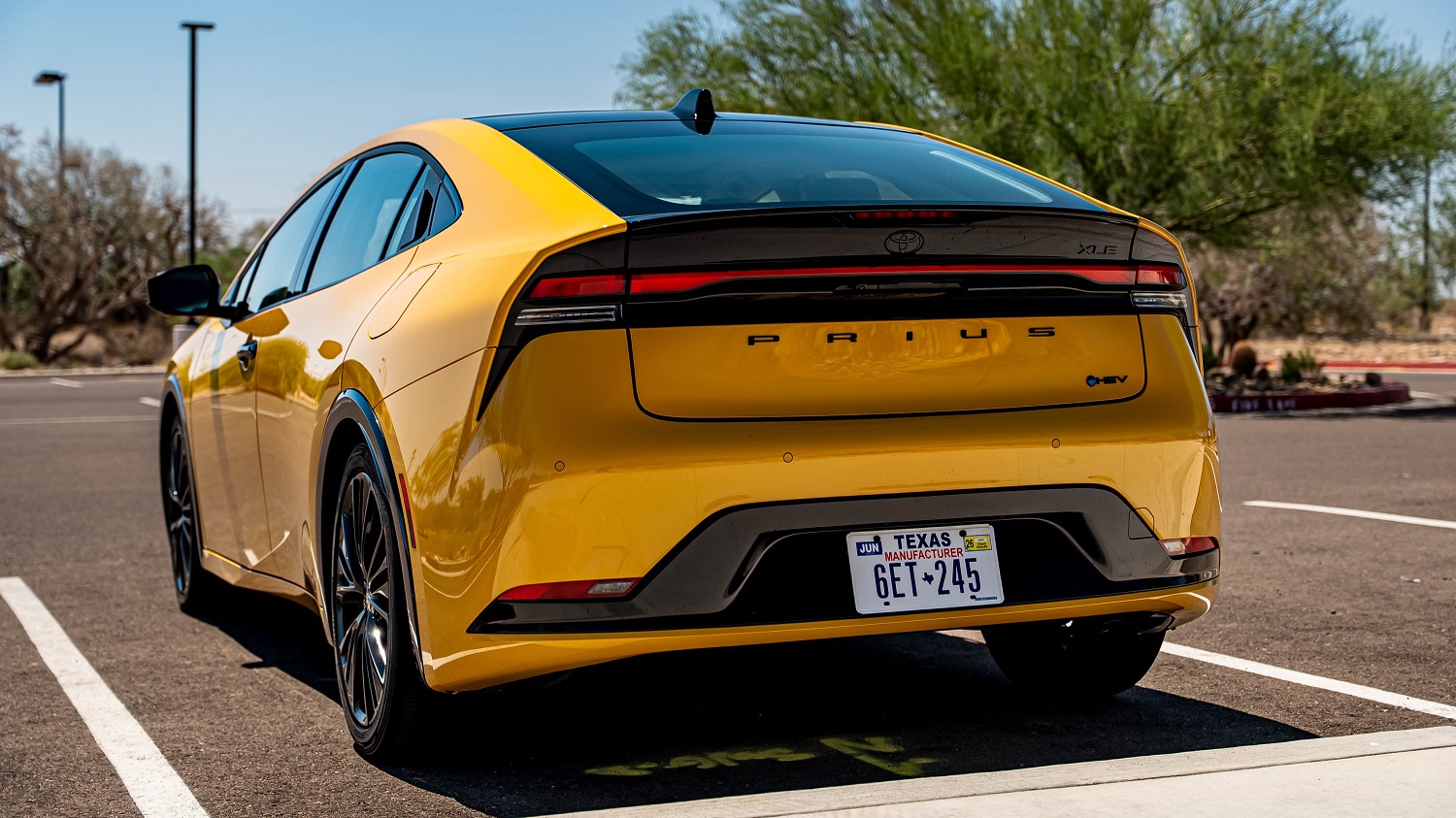
Prices for the Nightshade Edition with front-wheel drive start at $32,560. When Toyota configured my review vehicle, it was generous with the options, such as a 12.3-inch infotainment system touchscreen with wireless Apple CarPlay and Android Auto, glass roof, wheel locks, and an accessory package with carpet mats and more, all of which contributed to its $36,308 as-tested price.
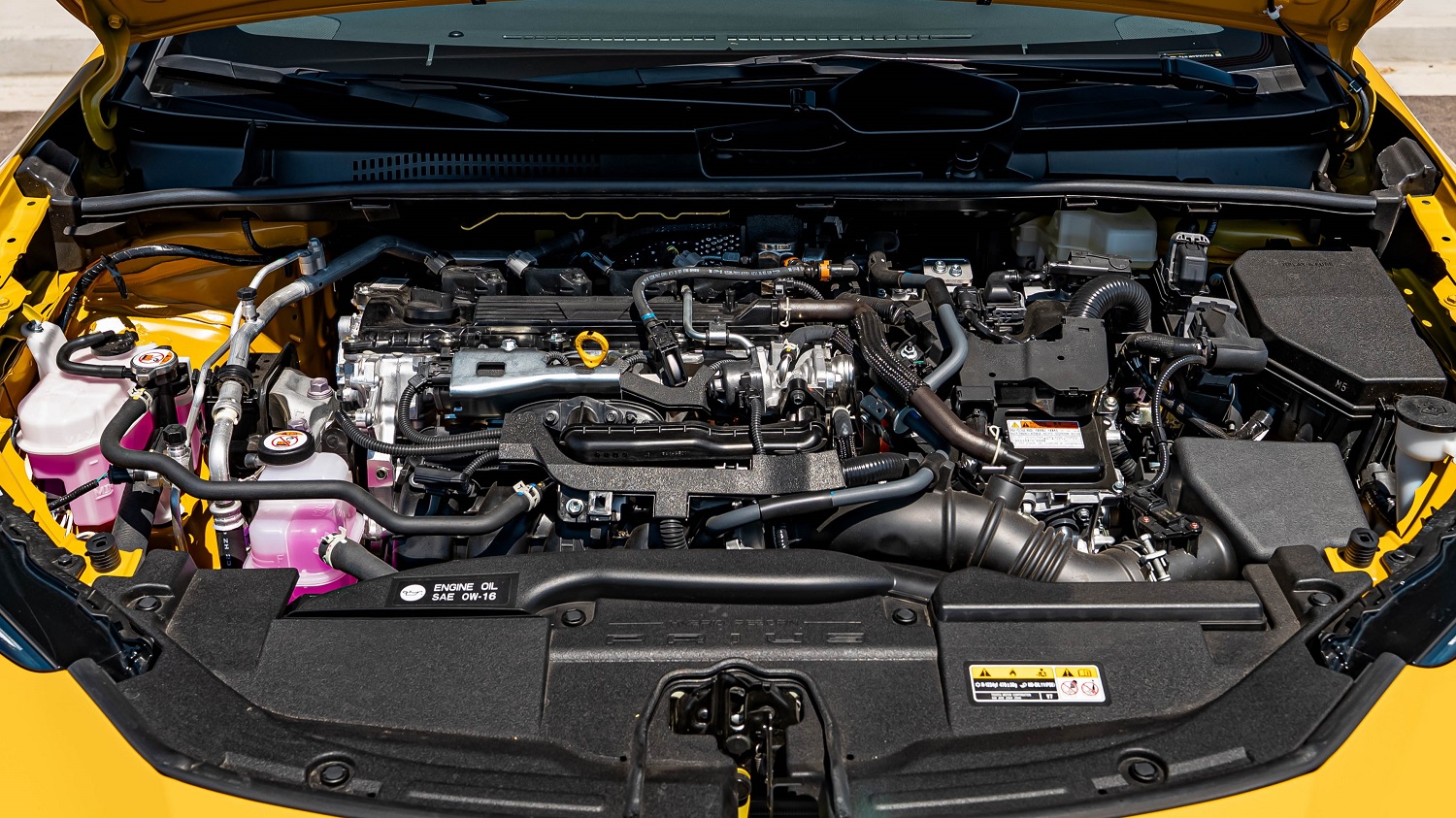
As always, the Prius combines a gas engine with electric power to wring as much range out of a tank of fuel as possible. Toyota pairs its fifth-generation hybrid system with an electronically controlled Continuously Variable Transmission (eCVT) and a 2.0-liter I4 that delivers 194 net horsepower (AWD Prii get an additional two horses). In my limited time with the Nightshade Edition, whenever I stepped on the gas to pass someone, the power swelled to a satisfying, confidence-inspiring level. According to its window sticker, my press loaner was capable of returning 52 mpg across the board—highway, city, and combined. Altogether, a few of my colleagues and I ended up putting 499 miles on it, but we only managed to average 48.8 mpg.
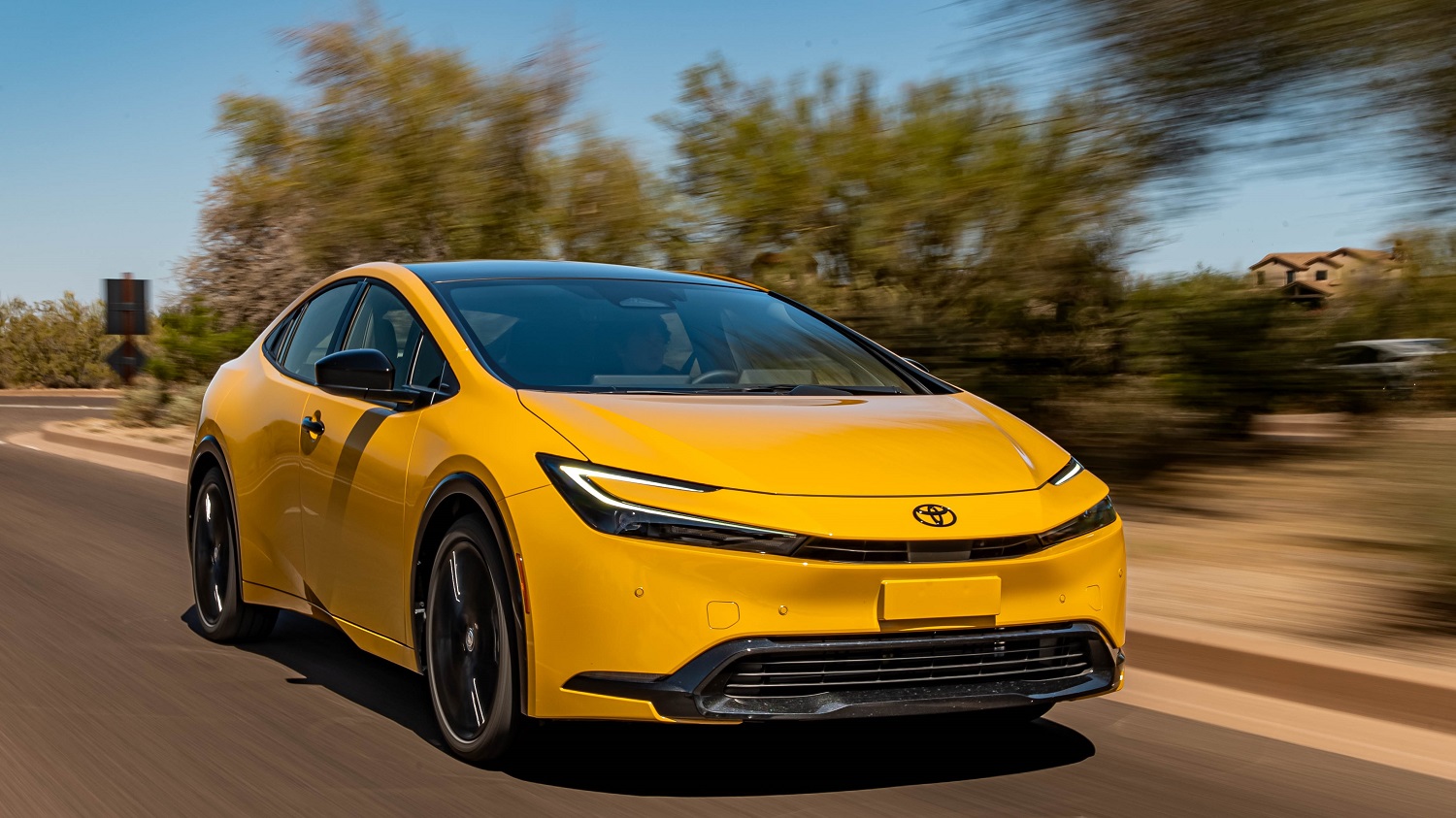
When it was introduced as a 2023 model, the XW60 generation of the Prius marked what many would consider a major turning point in the model’s design. For several years leading up to that point, the Prius had a nerdy, quirky design. Although I didn’t find the fourth-generation model ugly, I did think its angular, sci-fi spaceship looks were an acquired taste. You diehard Prius fans out there may not appreciate this, but the current model did what Tesla did for electric cars: it made the Prius look sleek and gave it a certain sex appeal. Part of that comes from the pronounced rake of the windshield and the noticeable use of curves. Then there’s the fact that, at first glance, the Prius looks like a coupe because Toyota blacked out the rear door handles. And the distinctive Nightshade-exclusive Karashi yellow paint shows Toyota is willing to be bold and adventurous.
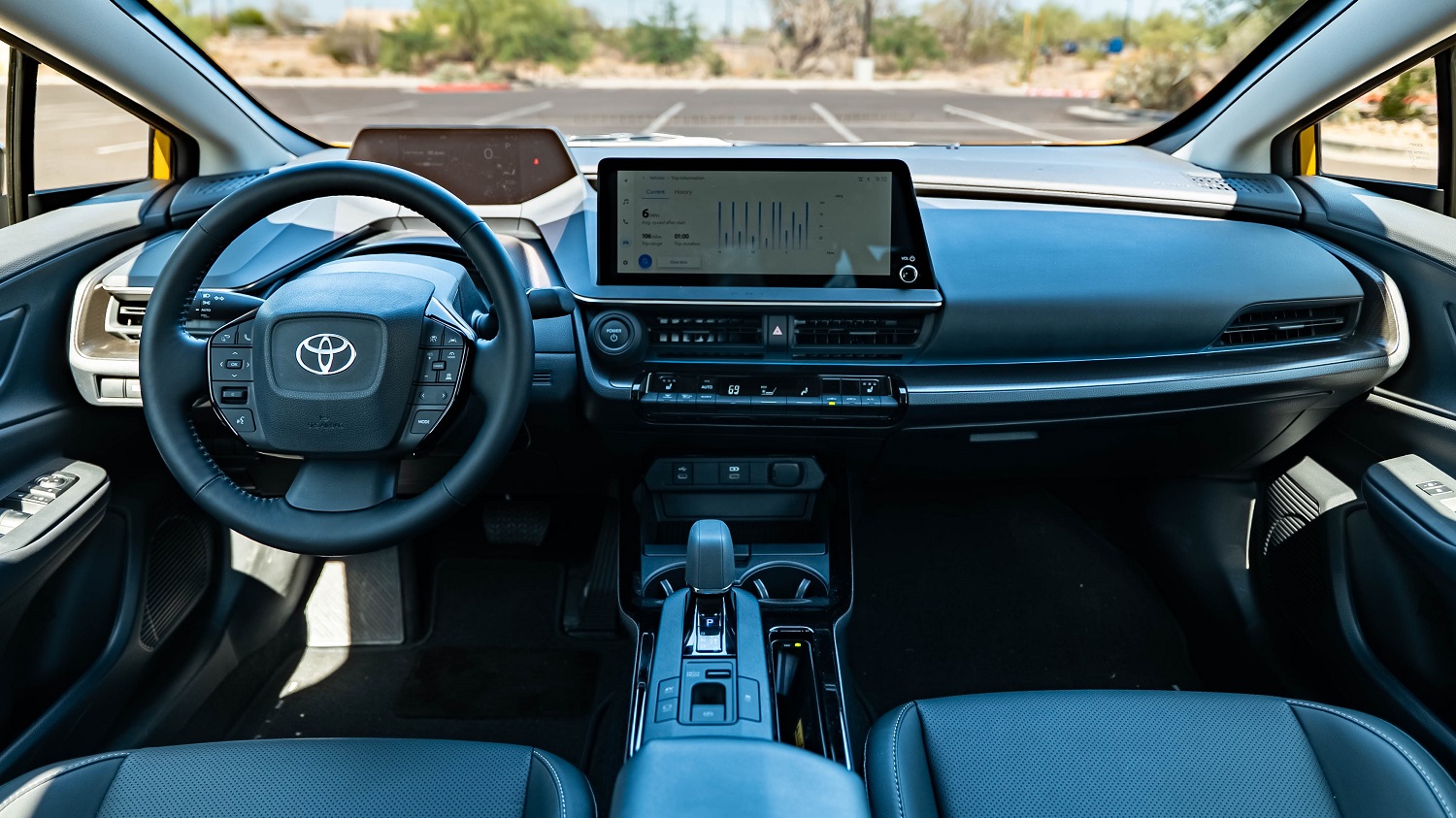
The interior made me think that no matter how much a person changes their style and wardrobe, they’re still the same person they have always been. The Prius did receive a dramatic makeover, but its interior lacks that sleekness. After I first adjusted the driver’s seat, steering column, and mirrors to my preferences, I discovered the top of the steering wheel was obscuring much of my view of the gauge display. I remedied this by lowering my seat and steering column even more, only to find that I had a weird view over the top of the entire steering column. Not only was that something I wasn’t used to, but it was also proof that I had to adjust to the Prius in a fundamental way when it should have been the other way around. The wireless charging slot, designed to make a creative use of limited space, was a good idea that was better left in that stage of the design process. Aside from those issues and the brake pedal’s long and soft stroke, the interior was largely pleasant and well equipped.
My colleague Luke Lamendola also spent time in the 2025 Toyota Prius Nightshade Edition, so check out his video review below.
Click above and watch our full video review on YouTube!
This video is sponsored by Legendary Car Protection. Car ownership today comes with high expectations and high risks. A well-designed Vehicle Service Contract not only protects your finances, but also ensures your vehicle receives the care it deserves – no matter how iconic, rare, or routine it may be. To explore tailored protection options for your specific vehicle, visit LegendaryCarProtection.com.
This Chevrolet pickup street rod is comprised of a modified 1936 steel body that has been chopped, lengthened, and repainted in black, orange, and silver, and it is mounted to a reinforced frame with a TCI independent front and four-link rear suspension. Power is provided by a 454ci V8 linked with a five-speed manual transmission, a 12-bolt rear axle, and an Eaton differential, and performance equipment includes a Holley carburetor, long-tube headers, and 502-specification cylinder heads. The pickup bed was shortened and fitted with a custom fuel tank, a hidden battery box, a louvered fixed tailgate, and widened wheelhouses that accommodate the 15″ American Racing wheels and 29″ Hoosier Pro Street rubber. The truck rides on adjustable QA1 coilovers, tubular control arms, and power rack-and-pinion steering, and braking is handled by power-assisted front discs and 11″ rear drums. Inside, the bomber-style seats are trimmed in black and orange leather and are joined by a matching headliner, square-weave carpeting, a tilting drilled steering wheel, and a Chevrolet heater. Acquired by the seller in 2024, this Chevy pickup street rod is now offered in Nevada with a Montana title in the seller’s name.

Custom bodywork included lengthening the cab 6″, chopping the top, increasing the pitch of the A-pillars, moving the cowl back 4″, and adjusting the window height. The seller tells us the truck utilizes the factory frame, which has been modified with tubular braces and supports along with revised geometry to accommodate the suspension and driveline. Further details are captured in the seller-provided build sheet in the gallery.

The steel body panels are finished in black with orange and silver accents, and the engine side covers have been removed. Styling elements include a pop-out windshield, flared diamond-pattern running boards, coach doors, extended stake pockets, LED lighting, tinted glass, remote-controlled door poppers and side windows, a removable roof panel, and a custom radiator cap molded into the grille surround.

The bed has been shortened 18″ and is fitted with a custom floor, a hinged hidden battery box, a fabricated fuel tank, a louvered fixed tailgate, and modified wheelhouses.

The truck rides on a TCI independent front suspension with tubular control arms, custom power-assisted rack-and-pinion steering, and adjustable QA1 coilovers, while the TCI four-link rear setup is comprised of a sway bar, a torsion bar, and matching adjustable coilovers.

American Racing 15″ wheels have gray centers, faux three-earned knockoffs, and polished lips, and they are mounted with Hoosier Pro Street radials measuring 25×7.5″ up front and 29×18.5″ out back. The front disc brake setup includes Wilwood calipers and braided hoses, and the hydraulic brake equipment is mounted under the dashboard.

Bomber-style fixed-back seats are trimmed in black leather with orange accents and silver piping, and matching upholstery extends to the headliner and doors. Sound-deadening material was applied beneath the square-weave carpeted mats, and the seller notes a modified 1941 Chevrolet dashboard was installed during the build. Details include electric windows, an American Autowire harness, and a 12-volt heater.

The drilled steering wheel sits on a tilting Flaming River column ahead of a Classic Instruments 140-mph speedometer and combination gauge. Driver controls are comprised of a cueball-style shift knob, a custom emergency brake assembly, and drilled pedals. The five-digit odometer shows 5,500 miles, approximately 500 of which were added under current ownership. Total mileage is unknown.

The 454ci V8 is fitted with a Holley Street Avenger four-barrel carburetor, an aluminum intake manifold, 502-specification cylinder heads, and electronic ignition. Cooling is handled by an aluminum radiator with an electric fan. Long-tube headers flow to a 3″ stainless-steel exhaust system with bullet-style mufflers and turn-downs ahead of the rear axle.

Power is sent to the rear wheels through a five-speed manual transmission, and the narrowed 12-bolt rear axle is equipped with Moser 33-spline axles, 3.31:1 gears, and an Eaton limited-slip differential, per the seller. The frame and rear end were painted with black enamel during the build.

The VIN on the Idaho assigned identification plate matches the VIN on the current Montana title, and the title carries a “Street Rod” brand.
This 1934 Ford Model 40 is a steel-bodied, full-fendered Tudor sedan that was built into a street rod by a previous owner. The 350ci V8 has a COMP Cams Thumpr camshaft and is linked to a TH350 automatic transmission, and the car rides on a boxed and strengthened frame that was painted to match the body. It has a filled and chopped roof, a smoothed firewall, and a three-piece Carolina Customs hood. The Pete & Jake’s chrome front end has a tubular drop axle, a transverse leaf spring, and a four-bar setup along with disc brakes, and the rear end retains leaf springs and chromed drums. Inside is a custom interior with brown upholstery on bucket seats, air conditioning, a Lokar shifter, and a chrome three-spoke wheel on a tilt column. The seller purchased the car in 2019 and has since driven it approximately 1k miles, and it was repainted in 2024. This Model 40 is now offered with service records and a clean Washington title in the seller’s name.

The steel body has a filled and chopped roof, a smoothed firewall, hidden hinges, and a three-piece Carolina Customs hood. The cowl vent and bumpers have been removed. The seller had the car repainted in 2024 by Chris Holstrom Concepts in Puyallup, Washington. Work involved fitting a 2.5″ square patch on the lower left-rear fender, and the seller notes that the wiper motor was replaced in 2025.

The car rides on American Racing 15″ Torq Thrust wheels with staggered tires, and the seller tells us the ’34 frame was boxed and reinforced. The Pete & Jake’s chrome front end has a tubular drop axle, a transverse leaf spring, and a four-bar setup along with disc brakes, and the rear end retains leaf springs and chromed drums. The seller notes that the rear drums require replacement.

The custom interior has brown leather upholstery on the bucket seats, lap belts, air conditioning, and a Sony stereo. The shifter and pedals are from Lokar. There is some wear on the outer seat bolster.

A three-spoke wheel is mounted on the tilt column, and the gauges are from Classic Instruments. The seller has added ~1,100 of the ~9,500 miles on the cluster, which represents the distance driven on the build.

The seller believes the 350ci V8 is a ZZ4 crate motor that was installed in 2004, with a COMP Cams Thumpr camshaft installed by the previous owner. The air conditioning system was recharged and the alternator was repaired in 2023.

The TH350 automatic transmission is linked to a limited-slip rear end, and it has a B&M 3000-rpm stall converter and a quick-change-style cover on the third member.

Photos documenting the build are provided in the gallery below.

The car is titled by the VIN 18882153, and the title describes the car as a 1934 Ford 40 Coupe.
In the fast-paced world of automotive innovation, not every great idea gets the time it deserves. Some cars, brimming with potential or boasting a fiercely loyal fanbase, are pulled from production long before reaching their peak.
Whether due to market trends, corporate missteps, or simply being ahead of their time, these vehicles leave behind a legacy far larger than their sales figures might suggest.
This article pays tribute to ten memorable cars that exited the stage too early—each one leaving an indelible mark on automotive history.
There’s something irresistible about a V8 engine unleashed to its full, unapologetic potential. These machines roar down highways and racetracks, pushing the boundaries of what should be possible—or even allowed—on public roads.
In a world of increasing regulations and electric futures, these V8 monsters stand as rebellious icons of raw power and audacity.
From outrageous horsepower figures to their jaw-dropping acceleration, these cars seem to defy common sense—and the law.
Let’s dive into ten of the most insane V8 beasts that somehow remain street-legal.
In the fast-paced world of automobiles, some cars are harshly judged—dismissed as outdated, underpowered, or simply irrelevant.
Yet, time and again, certain models have defied expectations by returning stronger than ever.
Whether through bold redesigns, cutting-edge technology, or the embrace of passionate fanbases, these vehicles reemerged and captured the hearts of new generations.
Join us as we explore ten cars that went from being written off to becoming icons of resilience and reinvention.
Throughout automotive history, a select group of vehicles has dared to defy convention—introducing innovations, radical designs, and bold philosophies long before the world was ready to embrace them.
These cars didn’t just roll off the assembly line; they rolled out the future, setting benchmarks that would only be fully appreciated years, or even decades, later.
From electric propulsion to advanced aerodynamics, these remarkable machines challenged norms and rewrote the rulebook.
Join us as we explore ten extraordinary cars that truly were way ahead of their time, shaping the roads we drive on today.
